Lisbon: City of Light and Tiles!
- bethjbrown
- Dec 13, 2022
- 2 min read

Lisbon is a magical city, full of color music and the ever-present sun. One of the things that makes this city such a joy to explore are the colors exploding everywhere! From brightly painted houses to a killer street art scene there is always something to look at. Bordalo II is one of my current street art favorites with his bright murals of animals made out of trash affixed to the walls.
But perhaps the most ubiquitous art form is the tile. Spread across house fronts, pieced into murals along stairways, even adorning the sidewalk, the tiles bring color and light into the city. The traditional blue and white designs were originally brought back to Portugal from early explorations to Asia. But I find myself drawn to the tiles that include greens and yellows. I always thought the tiles would be in a small strip around windows or doors, but I love how the whole entire fronts of houses are covered with them. Every color of the rainbow, every design imaginable, it became a scavenger hunt to spot new tiles as we traveled throughout the city. I particularly loved the Art Deco style tiles, or those whose patterns created a larger design when put together.
The tiles provide function as well as beauty. Their shiny surface reflects light back down into narrow streets and alley ways. Students often think of art of purely decorative or informative. I’m excited to share with them how it can be function as well.
CALÇADA
Tiles even find their way into the sidewalks that wind their ways through the streets of Lisbon, leading to mosaic open squares. The tiles, called calçada, are made from small pieces of black and white stone laid into the walkways and squares in a thousand different patterns or images depending on where you are in the city. The stones have been polished by the steps of thousands of people each day and have been worn to a high gloss which brings reflected light to the streets, but also makes walking at times treacherous. I may or may not have slipped on the tiles up and down hills, on flat spaces, on completely dry days and on wet pavement. But the beauty of such walkways was worth every slip. Rosario Square, just down the hill from our apartment, was a sea of CALÇADA, set in undulating waves. Perhaps a bit difficult to walk over later in the evening, it was quite the set to behold. I assumed all of the calcada were vintage remenants, but it turns out they’re still painstakingly laid down by hand, following a process created hundreds of years ago. Unfortunately the calcada's continued use is possibly in danger as fewer people are trained in the process of restoration and creation, as well as concerns over the safety of people falling on the slippery tiles. I hope they find a way to stay because the CALÇADA were one of the most unique aspects of Lisbon's streets.







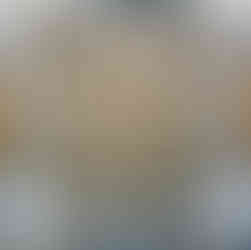




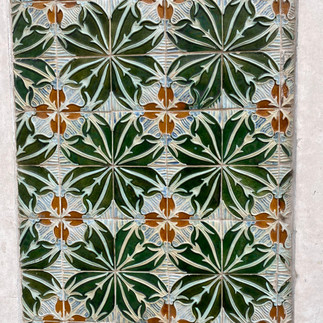
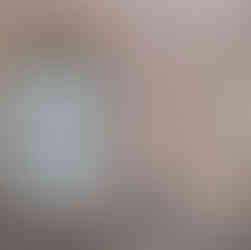

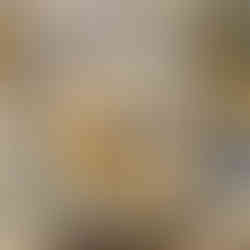

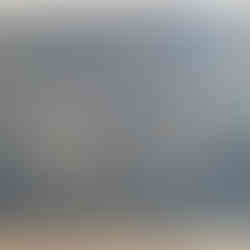


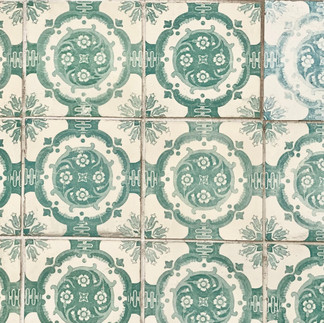


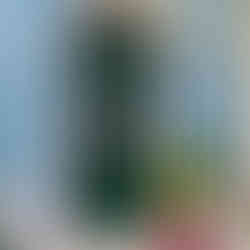

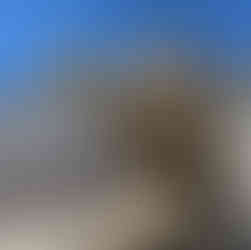

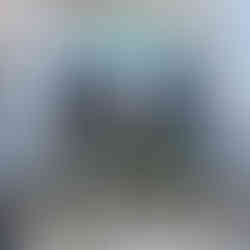



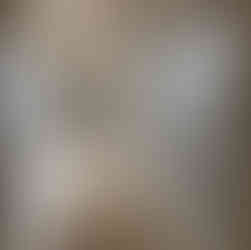




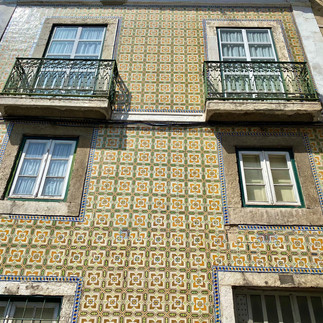




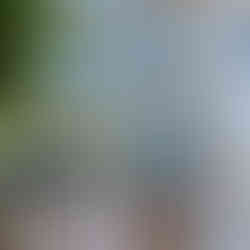











Comments